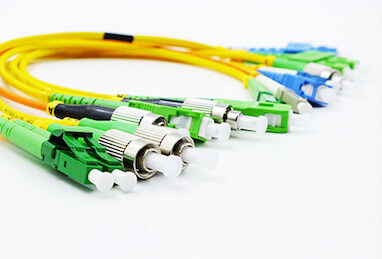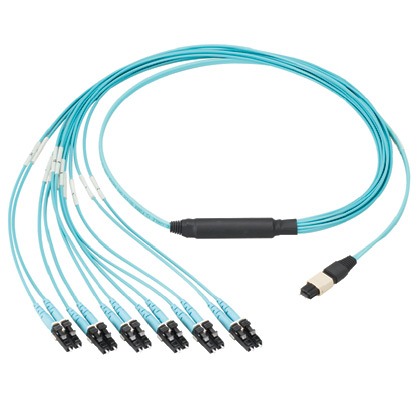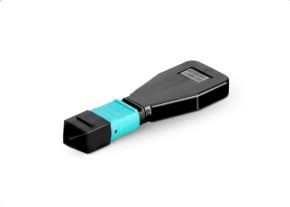When selecting Ethernet cables for your network infrastructure, one crucial decision is choosing the right jacket material. The two primary options available are PVC (Polyvinyl Chloride) and LSZH (Low Smoke Zero Halogen). Each material comes with distinct characteristics that can significantly impact performance, safety, and environmental considerations. Let’s explore the differences between PVC and LSZH Ethernet cables to help you make an informed decision.
PVC (Polyvinyl Chloride) Ethernet Cables
PVC has been a traditional choice for Ethernet cable jackets due to its affordability, flexibility, and ease of manufacturing. Here’s a closer look at its key features and considerations:
- Affordability and Availability: PVC Ethernet cables are widely available and generally more affordable compared to LSZH cables, making them a popular choice for many installations.
- Flexibility: PVC jackets are known for their flexibility, which simplifies installation and handling during cable runs and terminations.
- Performance: PVC cables provide reliable performance for standard applications such as Cat5e, Cat6, and even Cat6A Ethernet cables, supporting data rates up to 10 Gigabit Ethernet (10GbE) in the case of Cat6A.
- Environmental Impact: One significant drawback of PVC cables is their environmental impact. When burned, PVC releases toxic fumes that can be harmful to both humans and the environment. This factor makes PVC less desirable in environments where fire safety and emissions are a concern.
LSZH (Low Smoke Zero Halogen) Ethernet Cables
LSZH cables are designed to address the environmental and safety concerns associated with PVC cables. Here are the key features and benefits of LSZH Ethernet cables:
- Safety: LSZH cables are formulated with materials that do not emit toxic halogens or corrosive gases when exposed to high heat or fire. This characteristic makes them safer for confined spaces and environments where human safety is a priority.
- Environmental Considerations: Due to their low smoke and zero halogen emissions, LSZH cables are environmentally friendly. They reduce the risk of toxic gas emissions during fires, making them suitable for installations in densely populated areas, public buildings, and enclosed spaces.
- Performance: LSZH Ethernet cables generally perform as well as PVC cables in terms of signal transmission and bandwidth capabilities. They are available in various categories such as Cat5e, Cat6, and Cat6A, supporting high-speed data transmission up to 10GbE.
- Cost: LSZH cables tend to be more expensive than PVC cables due to the specialized materials used in their construction. However, the cost difference is often justified by the enhanced safety and environmental benefits they offer.
Choosing the Right Material for Your Needs
When deciding between PVC and LSZH Ethernet cables, consider the following factors:
- Application Environment: Evaluate the installation environment. If your cables will be installed in areas with strict safety regulations, such as public buildings or data centers, LSZH cables may be the preferred choice due to their safety certifications and reduced environmental impact.
- Budget: While PVC cables are more budget-friendly, LSZH cables offer enhanced safety and environmental benefits, which may justify the higher initial investment.
- Regulatory Requirements: Check local regulations and building codes that may specify the use of LSZH cables in certain applications to meet safety and environmental standards.
Conclusion
Choosing between PVC and LSZH Ethernet cables involves balancing performance, safety, environmental impact, and budget considerations. PVC cables offer affordability and flexibility but emit toxic fumes when burned. On the other hand, LSZH cables prioritize safety and environmental friendliness by minimizing emissions in case of fire, albeit at a higher cost.



